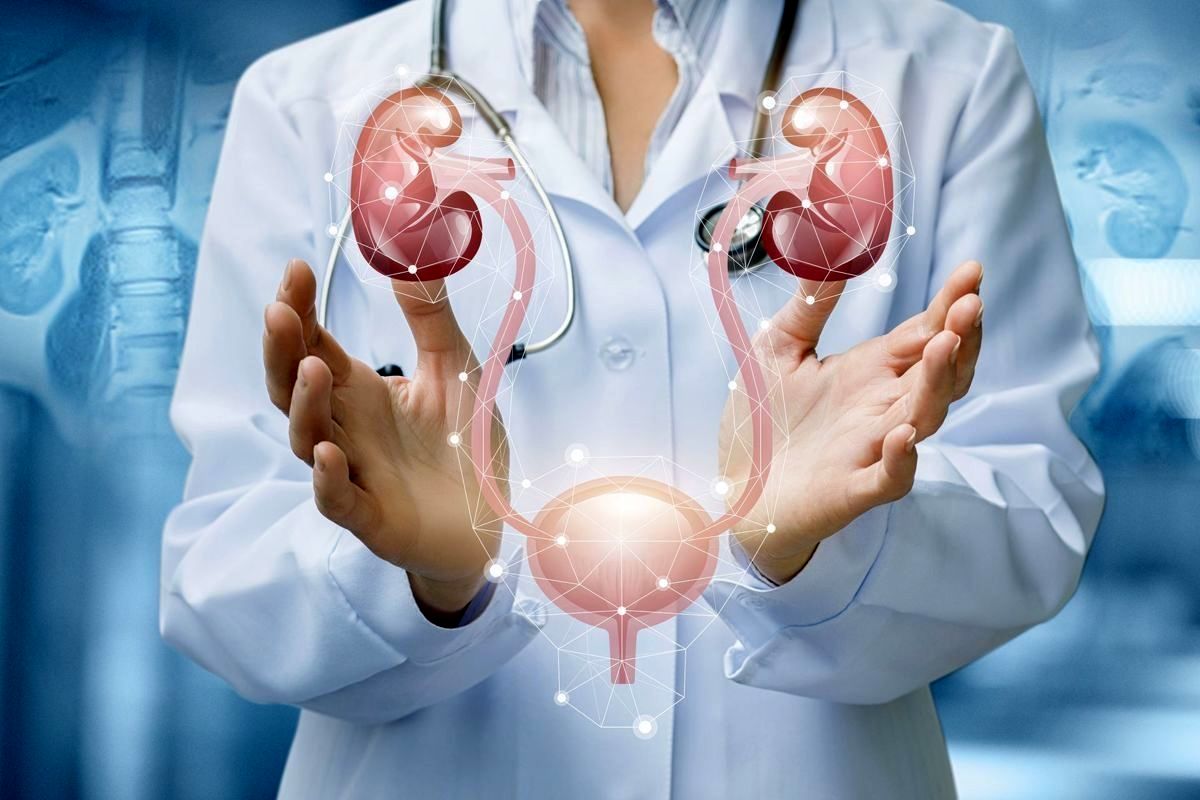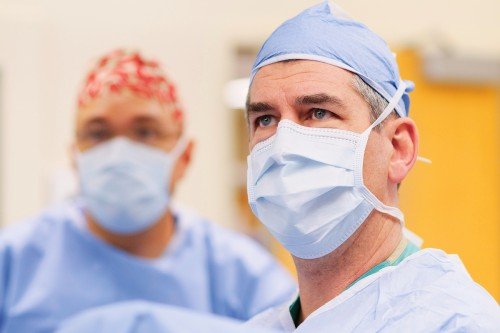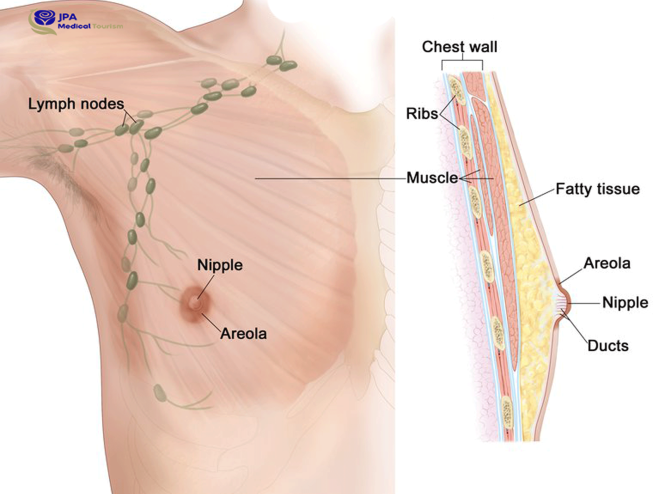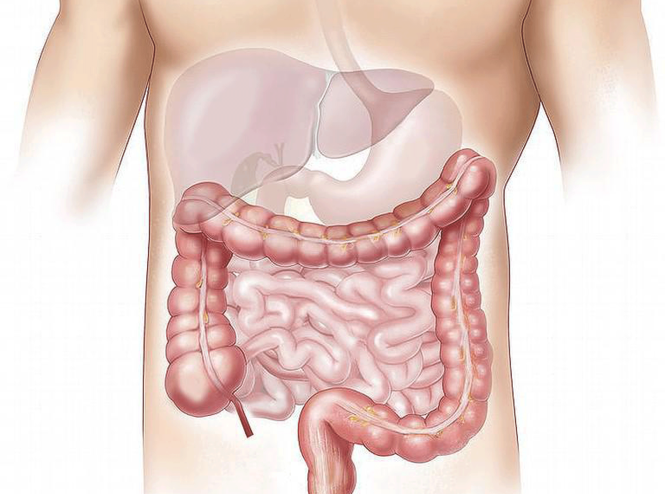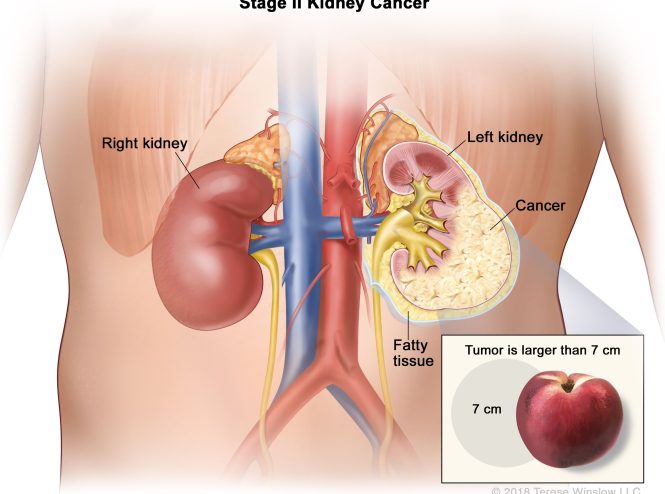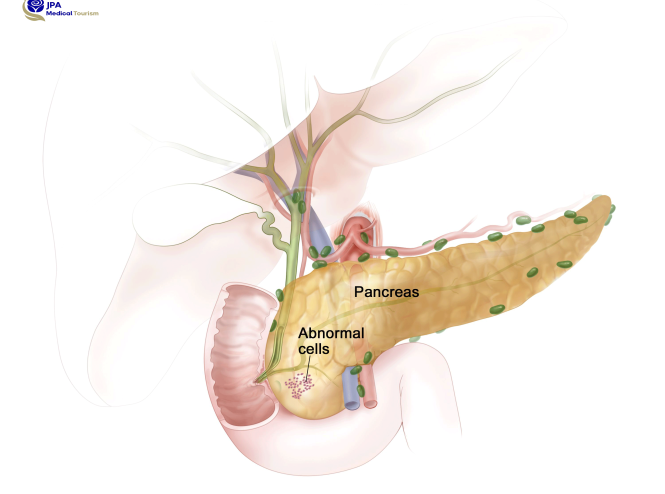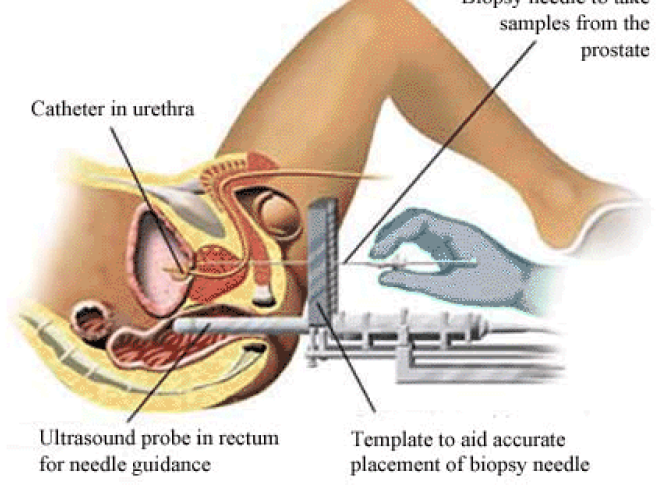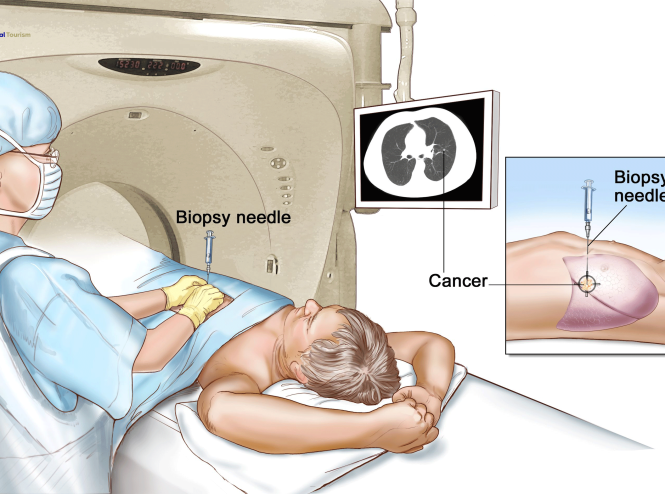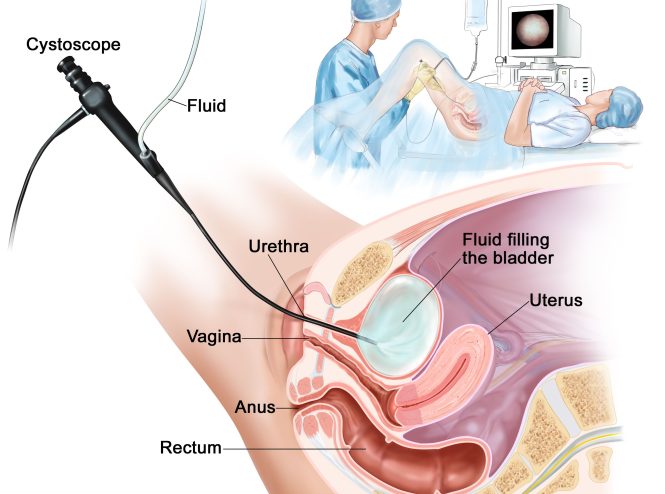Urology in Iran
Best urology specialists in Iran
Best Hospital
We Introduce Best Hospital for urologic disease in Iran
Best Doctors
We Introduce Best Doctors for urologic disease in Iran
Best Price
We Try to introduce best Services with Regular Price in Iran
Treatment of Urologic disease
Urology in Iran
Best Urologists and Best Hospitals
Why choose Iran for treatment and medical procedures?
• Low costs
• Board licensed surgeons
• Quality health care
• Less waiting time
• Accredited hospital
• Personal service
• Language capability
• Ease of medical visa
• Treatment with advanced technology
• Strong presence in advanced healthcare e.g. Transplantation - high success rate in the operation.
Active clinics for international patients:
Shahid Dastani Clinic, Hematology, Oncology and Stem Cell Transplant Clinic, Nuclear Medicine Clinic and Special Clinic.
Clinics: urology, nephrology, lung, general surgery, endocrinology, gastroenterology, gynecology, midwifery, perinatal, infertility, maxillofacial surgery, genetics, dermatology, orthopedics, neurosurgery, heart, heart surgery, vascular surgery, neurology, rheumatology, ear and Otorhinolaryngology, dentistry, infectious, speech therapy, pain, nutrition and diet therapy, anesthesia, celiac disease, liver cirrhosis, Behcet, eye, psychiatry, men’s health
Paraclinical departments: clinical laboratory, pathology, imaging and pharmacy
Clinics: EMG-EEG, bronchoscopy, spirometry, bone densitometry, nuclear medicine, dialysis, physiotherapy, endoscopy, echocardiography, exercise test, pain control, rehabilitation and sports medicine.
Urology in Iran | Best Urologists and Best Hospitals
Urology is a medical field that deals with surgery and treatment of the urinary system in women and men, that is, in both sexes.
Urologists also treat problems, defects and disorders of the male reproductive organs. However, female reproductive organs are not involved in a urologist’s specialty.
Treatment in the field of urology can be done with the professional and expert team of Aram World, which offers you free services in addition to the best hospitals and professional and experienced specialists.
Urological surgeries include cancer of the urinary system, prostate, kidney stones, and birth defects. These treatments also do not include any surgical conditions that can be treated with medication. Like 35-40% of benign prostate and urinary tract infections. Urological surgeries are performed using the following methods:
Laparoscopic surgery
open surgery
Robotic surgery
Urology in Iran | Best Urologists and Best Hospitals
walks contribute to better ventilation of the lungs, the absorption of oxygen, an increase in oxidative processes, an intensification of metabolism and an improvement in the function of organs and systems.
The sanatorium provides prevention and treatment of urological diseases (chronic prostatitis, erectile dysfunction (impotence), urethritis, cystitis, pyelonephritis, urolithiasis, male infertility, benign prostatic hyperplasia); diseases of the gastrointestinal tract (esophagitis, chronic gastritis, duodenitis, peptic ulcer of the stomach and duodenum, diseases of the operated stomach, enterocolitis, chronic pancreatitis, cholecystitis, cholangitis, hepatitis, gastrointestinal diseases, biliary dyskinesia, chronic
nic hemorrhoids, rectal fissures); musculoskeletal system, nervous system, metabolic disorders, endocrine diseases (diabetes mellitus, obesity) .
The high incidence of sexually transmitted infections (STIs), especially the so-called “hidden” infections (chlamydia, ureaplasma, mycoplasma), is one of the urgent health problems and attracts more and more attention of specialists. Currently, in the clinical picture of many sexually transmitted diseases, there are few symptoms, the absence of characteristic manifestations, and a tendency to a latent course. Male reproductive tract infections are a serious medical, social, and economic problem. They become one of the most common causes of male infertility. It is important to note that many STIs are characterized by similar manifestations (discharge from the penis, sores), which makes it extremely difficult to diagnose the disease in a timely manner. In addition, for a number of reasons, in the general structure of diseases of men serving in the penitentiary system, hidden, low-symptomatic forms of diseases prevail, proceeding according to a subjectively small significant mechanism. Hence, the late treatment of men to the doctor, when complications already arise: prostatitis, epididymo-orchitis, vesiculitis, which makes subsequent treatment extremely difficult and worsens the prognosis. Exactly
these complications contribute to the development of male infertility and a number of autonomic disorders. This, in turn, entails a persistent violation of potency and leads to significant socio-psychological stress in men. A vicious circle closes: on the one hand, the presence of an infectious disease and its dangerous complications, on the other hand, constant doubts about one’s own manhood, the fear of never knowing the feelings of fatherhood. Along with the increase in the incidence of sexually transmitted infections, the number of pathogens resistant to the effects of many modern drugs is increasing.
A feature of sexually transmitted infection is its high contagiousness, up to the development of a pandemic among the population. Sexually transmitted infections greatly increase the risk of contracting such a terrible disease as HIV infection. The problem of sexually transmitted diseases has long turned from a medical one into a social one, since social, economic, cultural and demographic changes in society are important in the spread of STIs along with medical and biological factors. Among the diseases of the genitourinary tract among workers of the penitentiary system (equally in men and women), inflammatory diseases of the kidneys and urolithiasis are recorded. Among the vacationers examined in the sanatorium, 30-35% were diagnosed (for the first time) with diseases of the genitourinary tract. During the year, an average of 60-90 men and women come to the sanatorium for an appointment with a urologist. Dynamic observation of patients in the process of examination and therapy made it possible to identify a large number of patients with chronic prostatitis and urolithiasis. Diseases of the kidneys and urinary tract, as well as the reproductive system are interconnected and interdependent, since infectious inflammatory processes easily spread from the genital to the urinary organs and vice versa – from the urinary organs to the genitals. Chronic prostatitis (CP) is the most common urological disease in men under 50 years of age and the third most common urological diagnosis in men over 50 years of age (after BPH and prostate cancer). With age, the incidence
levitation increases and reaches 30-73%. Most men with CP will have an exacerbation of the disease several times during their life.
Urolithiasis (ICD) is a disease manifested by the formation of stones in the kidneys and other organs of the urinary system. Stones can form anywhere in the urinary system. The stones of the kidneys, ureters and bladder are of the greatest importance. Urolithiasis is one of the widespread urological diseases, often prone to severe course and relapses. Urolithiasis occurs in children, in adults, most often affecting people in the most active period of their lives, as well as in the elderly. Due to the wide prevalence, features of development and course, urolithiasis remains one of the urgent problems of modern medicine, especially since over the past decades there has been a tendency to increase the frequency of this disease, associated with an increase in the influence of a number of adverse environmental factors on the human body.
The main mechanism of the disease is congenital (a slight metabolic disorder leads to the formation of insoluble salts that form into stones). According to the chemical structure, different stones are distinguished – urates, phosphates, oxalates, etc. However, even if there is an innate predisposition to urolithiasis, it will not develop if there are no following predisposing factors:
climatic factor (in a hot climate, the inhabitants of the middle zone sweat much more, as a result, the concentration of some salts in their body increases, and stones may begin to form);
geographical factor (the composition of the water plays an important role here – hard water with a high content of calcium salts contributes to the appearance of urolithiasis; as well as food – spicy and sour foods increase the acidity of urine, which makes stones form more easily);
a constant lack of vitamins and ultraviolet rays can also contribute to stone formation;
injuries and bone diseases – osteomyelitis, osteoporosis;
chronic diseases of the stomach and intestines, such as chronic gastritis, colitis, peptic ulcer;
severe dehydration of the body, which can be with an infectious disease or poisoning;
various diseases of the kidneys and organs of the genitourinary system (pyelonephritis, hydronephrosis, nephroptosis, cystitis, prostate adenoma, prostatitis, etc.);
hypodynamia, leading to a violation of phosphorus-calcium metabolism (sedentary work, a sedentary lifestyle, etc.);
anatomical and pathological changes in the upper urinary tract, leading to difficulty in the normal outflow of urine from the kidneys, metabolic and vascular disorders in the body and kidney;
inherited genetic traits.
Symptoms of urolithiasis
Kidney stones. The disease is manifested by pain in the lower back, the appearance of blood in the urine, possibly independent discharge of stones in the urine.
The pains are dull, aching in nature, but can be sharp. Most of the time the pain is on one side. If there are stones in both kidneys, then the pain will occur simultaneously or alternately on both sides. The connection of pain with movement, change in body position is characteristic.
Blood in the urine usually appears after severe pain or after exercise, walking. Following a severe attack of pain, stones may begin to move away.
Stones of the ureter. Moving from the kidney, the stone enters the ureter. The pain in this case passes from the lower back to the groin, lower abdomen, genitals, thigh.
In the event that the stone is located in the lower part of the ureter, the patient experiences frequent unreasonable urge to urinate.
If the stone completely blocked the lumen of the ureter, then urine accumulates in the kidney, which causes an attack of renal colic. It is manifested by sharp cramping pains in the lower back, which quickly spread to the corresponding half of the abdomen. The pain can last for several hours or even days, periodically subsiding and resuming. The patient at the same time behaves uneasily, cannot find a comfortable
positions. The attack ends when the stone changes its position or leaves the ureter. If, after an attack of colic, the stone has not moved away, then the attack may repeat. Usually, at the end of the attack, blood appears in the urine. Renal colic occurs suddenly during or after physical exertion, walking, heavy fluid intake. Renal colic is often accompanied by nausea, vomiting, frequent urination, intestinal paresis.
Bladder stones. The main manifestation is pain in the lower abdomen, which can radiate to the perineum, genitals. It appears during movement and during urination.
Other symptoms of the disease are frequent urination. Sharp causeless urges appear when walking, shaking, physical activity. During urination, the so-called “stuffing” symptom may be noted – suddenly the urine stream is interrupted, although the patient feels that the bladder is not completely emptied, and urination resumes only after a change in body position.
In severe cases, with very large stone sizes, patients can only urinate while lying down.
Kidney and ureter stones will eventually lead to the development of acute or chronic pyelonephritis. If left untreated, purulent fusion of the kidney may occur, and it will have to be removed.
Bladder stones can cause severe acute cystitis, which can make your life miserable.
Diagnosis of urolithiasis is based on the patient’s complaints, as well as laboratory data, x-ray radioisotope, ultrasound (ultrasound) studies, which allow developing treatment tactics, which should be strictly individual. Knowledge of the chemical structure of stones is extremely necessary not only from the standpoint of developing conservative anti-relapse therapy, but also from the point of view of choosing a method for their removal. If a bladder stone is suspected, a cystoscopy is performed. Usually these studies are enough to make a diagnosis with certainty. The diversity and complexity of the reasons for the development of the ICD do not allow.
reliable methods of its conservative treatment for all cases. However, experts agree on one thing: the prevention of the disease, based on regular biochemical tests of the patient’s blood and urine, is quite effective. It was found that in patients who were observed by a urologist and received appropriate anti-relapse treatment, the frequency of recurrence of the disease is three times lower than in patients who did not receive similar therapy. When talking about the prevention of KSD, as a rule, they mean the prevention of relapses of the disease, although the reasonable use of the principles of KSD prevention is also advisable for practically healthy people, especially those older than 40 years.
Urolithiasis is primarily a surgical disease, since in order to rid patients of stones, it is often necessary to resort to one or another surgical method for their removal. The exception is stones consisting of uric acid salts – urates, which can be successfully dissolved with citrate mixtures (Uralite U, blemaren, etc.). Therapy with citrate mixtures for two to three months often leads to the complete dissolution of such stones. With regard to stones of a different composition, stone-dissolving therapy is ineffective. Removal of a stone or its independent discharge from the urinary tract does not relieve patients of the possibility of a recurrence of this disease, since the main processes leading to the formation of stones, as a rule, are not eliminated. Therefore, the role of various conservative (drug, physio-, balneo-and phytotherapy) methods of treating this disease, which are mainly aimed at preventing relapses, increases significantly.
The complex of therapeutic measures aimed at correcting disorders of the metabolism of stone-forming substances in the body includes: diet therapy, maintaining an adequate water balance, therapy with herbs, medications, physiotherapy and balneological (with the use of mineral waters) procedures, exercise therapy, spa treatment. All activities of the sanatorium are subject to the requirements of the treatment process and a rational regimen. Medical nutrition is an integral part of a comprehensive spa treatment and is organized according to scientifically
developed system. All medical tables (diets) have their own serial number, their own cooking technology, frequency of meals and purpose. The sanatorium has a preliminary system of ordering dishes within the diet prescribed by the doctor. Particular attention during diet therapy is paid to the energy intensity (calorie content) of the daily diet and its balance in chemical composition (the ratio of proteins, carbohydrates, vitamins, minerals) depending on energy costs and the body’s needs for certain substances in various diseases. In the medical practice of the sanatorium, 15 diets are used, which have clear indications for use. In the absence of stones or in the presence of the smallest crystals (microlites) detected by ultrasound, it is advisable to resort to “water shocks”. They consist in a single intake on an empty stomach from half a liter to a liter of liquid (fresh beer, a decoction of dried fruits, tea with milk, low-mineralized mineral water) or the use of an appropriate amount of watermelon. All this gives a pronounced diuretic effect and, as it were, washes the cavitary system of the kidney. For people who do not have contraindications to such a procedure, it is advisable to repeat it regularly once every 7-10 days. People with various concomitant diseases, in which this procedure is undesirable, can replace it with a decoction of diuretic herbs or potassium-sparing diuretic drugs (triampur, etc.).
Currently, laboratory diagnostic methods, modern possibilities for the treatment and prevention of urogenital diseases in men are becoming increasingly important. Specialized health-improving programs have been developed and successfully applied, which are selected individually for each vacationer. The complex physical and chemical composition of silt sulfite mud determines its effect on the entire human body. It counteracts inflammatory processes, improves tissue nutrition and muscle tone, and has a beneficial effect on the activity of internal organs. Mud treatment reduces the activity of the inflammatory process, contributes to its elimination, the functional state of tissues changes, the course of physiological reactions, the processes of thermoregulation improve.
activity of the cardiovascular system, respiratory function. Mud procedures improve tissue nutrition and muscle tone, which leads to a more complete recovery of motor activity, an increase in the range of motion. It has a beneficial effect on the secretory, enzymatic and absorption functions of the gastrointestinal tract. Significantly improves the motor function of the stomach and intestines. In case of liver diseases, mud procedures improve the enzymatic and protein-synthetic functions of the liver, improve the outflow of bile, and reduce inflammation. Thus, mud therapy is an active balneotherapeutic factor influencing the course of physiological and biochemical processes in the body. With the correct use of mud procedures, the regulation and restoration of impaired functions are significantly improved, protective mechanisms are strengthened, and compensatory reactions develop. Therefore, mud applications (general and local, in the form of “underpants”, “stockings”, “socks”, etc.), mud swabs and electric mud procedures are prescribed for diseases of the musculoskeletal system, nervous system, ear, throat, nose, gastrointestinal tract, as well as in urological and gynecological diseases. Their treatment is complemented by special massages. Galvanic mud treatment is a method based on the impact of a low voltage direct current (up to 80 V) at a low current strength (up to 50 mA) on a mud cake. The main specific component of the action of direct current is its effect on the ratio of various ions in tissues, which is one of the important links in the regulation of their functional state. Galvanization has a stimulating effect on the regulatory function of the nervous and endocrine systems, stimulates trophic and energy processes in the body.
Early diagnosis and timely treatment increase the chances of a successful recovery in a short time. In our institution, for the treatment of chronic urological diseases, both classical methods and effective non-toxic methods for the body and drugs that do not have side effects on organs and tissues are used. These methods include balneo-
mud treatment; bioregenerative therapy; vitamin therapy, immunotherapy; laser therapy; prostate massage; organotherapy, photodynamic therapy, enzyme therapy.
In the treatment process, both author’s methods and new methods of treating diseases, developed in accordance with international standards, are used.
Sanatorium-resort treatment of chronic prostatitis, erectile dysfunction and other andrological diseases is carried out after a detailed examination with a specified form of the disease, its prevalence, complications, degree of urogenital, neuroendocrine, immune disorders, pathology of the internal organs. To assess the state of the genitourinary system of a man and his ability to fertilize, it is necessary to undergo an instrumental examination, study the hormonal profile, ejaculate, prostate juice, make a spermogram, and conduct an examination for the presence of sexually transmitted infections (STIs) using ELISA and PCR methods. In some cases, it is necessary to resort to a blood test for the content of sex hormones for the subsequent correction of their level. Often, patients with chronic prostatitis have copulative (sexual) disorders (erectile dysfunction, premature ejaculation, erased orgasm, etc.), which also require appropriate diagnosis.
Cancer Treatment in Iran
The most common cancer treatment in Iran is chemotherapy, but ...
Colon Cancer Treatment in Iran
The treatments for colorectal cancer usually involve surgery to remove the cancerous tumor
Stomach Cancer Treatment in Iran
The most common types of stomach cancer treatment are surgery ,chemotherapy...
Kidney Cancer Treatment in Iran
Kidney cancer is usually treated with surgery, targeted therapy, immunotherapy ...
Pancreatic Cancer Treatment in Iran
Pancreatic cancer treatments are surgery, chemotherapy, or a combination of them
prostate surgery in Iran
The most effective cancer treatments are surgery and localized treatments
Lung Cancer Treatment in Iran
Lung cancer can be treated with surgery, chemotherapy, radiation therapy, targeted therapy ...
Bladder Cancer Treatment in Iran
Bladder cancer is usually treated using surgery, Chemotherapy, radiation, or immunotherapy.
Contract party with child-friendly medical centers
- The first successful heart transplant center in Iran
- The first bone marrow transplant center in Iran
- The first kidney transplant center in Tehran
- The first center to perform CT Scan in Iran
- The first center for video capsule endoscopy in Iran
- Referral center for the treatment of blood and oncology diseases and the treatment of blood cancers with bone marrow transplantation
- A reputable center for fellowship training in bone marrow transplantation, hematology and oncology in the country
- Establishing non-relative stem cell bank (connected to world stem cell bank)
- Scientific pole of nuclear medicine of the country
- Cancer treatment referral center with radiopharmaceuticals
- The only training center approved by the International Atomic Energy Agency
- Iran nuclear medicine association center
- Center equipped to treat digestive and liver diseases
- The only center performing the POEM technique in the treatment of gastrointestinal diseases in the country
- Superspecialized center for the treatment of gastrointestinal problems, including advanced diagnostic and therapeutic ERCP, with the technique of combining two technical methods, “endoscopy” and “fluoroscopy”.
- One of the world’s most prestigious centers in the field of maxillofacial surgery and the use of 3D printers
- The only fetal laser surgery treatment center in the Middle East
- A reputable center in the treatment of female infertility and IVF in the country
- The scientific hub of rheumatology treatment in the country
- Specialized vascular angiography services in the treatment of diabetic foot
- Orthopedic subspecialty services (knee joint replacement, spinal correction surgeries for children in the country)
Urology treatment in Iran
Urology is one of the branches of surgical expertise in the direction of disorders of the urinary system in both sexes and male reproductive organs.
A wide range of patients with different clinical problems refer to a urologist. Accordingly, a urologist should have extensive knowledge in the fields of gynecology, internal medicine, and pediatrics in addition to surgical skills.
Complications may include:
• oncology
• Children
• Female urology
• Neuro-urology
• Kidney transplant
• Male infertility
• Urinary tract stones
Along with other advanced countries, Iran has made great progress in the treatment of many urological disorders, including the innovation of laser endorology in the treatment of kidney stones for the first time in the Middle East, Euro-laparoscopy, reconstructive surgery, infertility treatment and kidney transplantation.
Also, urology specialists in Iran, along with infertility specialists, are conducting research programs in various fundamental and clinical fields.
Aram Broadcasting World is committed to providing exceptional and personalized patient care with the benefit of board certified specialists and professional surgeons in urology. Jahan Bakhsh Aram also benefits from experts specializing in diagnosis and treatment using advanced technologies such as laser and laparoscopy in urology and andrology. You can easily experience the amazing skills and experience of our specialists in order to facilitate your treatment.
. In combination with balneo-mud treatment, apparatus methods of treatment are also used: electrophoresis with medicinal solutions, diadynamic currents on the perineal area, possibly
carrying out water procedures (circular douche, Charcot douche, rising douche); exercise therapy (in the gym); general massage – all these procedures contribute to more effective treatment, restoration of full-fledged immunity, normalization of the nervous system.
Therapeutic physical factors used in the sanatorium are one of the essential components in the complex therapy of inflammatory diseases of the genital area in men. They significantly expand the range of therapeutic effects: they reduce the duration of treatment, potentiate the action of many medicinal substances, have no side effects on other organs and tissues, and give a mild, painless therapeutic effect.
Much attention in our sanatorium is given to the amazing possibilities of phytotherapy. Thanks to the achievements of modern science, it was possible to prove the high effectiveness of medicines based on herbal ingredients. For example, the use of urological fees for prostatitis, urolithiasis, etc.)
Usually, microclysters are used to treat prostatitis. The basis of their use is the simultaneous temperature and drug exposure; microclysters are used at bedtime. As medicinal substances, they use aqueous infusions of chamomile, calendula, sage or motherwort. Microclysters are usually prescribed simultaneously with antibacterial agents as the final stage of more active local procedures or an independent therapeutic effect with mild pain symptoms.
It is very important to take into account the fact that the use of drugs alone does not lead to a good and lasting effect. It is necessary to perform procedures draining the prostate in combination with drug therapy – only then the effect can be guaranteed. To restore adequate blood circulation, drainage of the prostate gland, it is massaged; various methods of physiotherapy are used, aimed at improving microcirculation in the prostate, eliminating congestion, improving venous and lymphatic outflows.
Urologic diseases in the Islamic Republic of Iran
stimulation of local immunity. Prostate massage is still a significant method of influencing chronic inflammation in it. A special technique of massaging the prostate allows you to simultaneously improve blood flow in the gland and effectively drain its ducts.
In the treatment of prostatitis, therapy with suppositories (candles) is widely used. Suppositories with propolis based on the Tambukan Lake mud extract are especially successfully used and recommended as a therapeutic and prophylactic agent with immunomodulatory, antioxidant and anti-inflammatory effects. Candles are effective in the treatment and prevention of prostatitis, reduced sexual potency, hemorrhoids, proctitis, erosive intestinal conditions, proctosigmoiditis, ulcers and fissures of the anus, constipation, cervical erosion, endometritis, adhesive processes in the pelvic area, uterine hypoplasia, violations of female potency, chronic cervicitis, endocervicitis, general genital infantilism, etc. Candles are recommended as a prophylactic, since their main components, such as biological substance from Tambukan therapeutic mud, buckwheat honey, propolis and cocoa butter, enter the body through the mucous shell directly into the blood, without being destroyed and neutralized. Biologically active substances (BAS), trace elements and vitamin complex contained in suppositories act on the entire body, improving metabolism and microcirculation, and have an immunocorrective effect. Candles are applied rectally and vaginally. The action of the medicinal preparations included in the suppository is carried out mainly through the general bloodstream, and not through the mucous membrane of the intestinal wall. The use of candles has a pronounced psychotherapeutic effect.
After completion of treatment, patients receive comprehensive recommendations from the attending physician regarding their future lifestyle. If necessary, it is possible to conduct a course of psychotherapy to correct psychosexual maladaptation, which is often observed in patients even after successful treatment. To do this, the sanatorium is equipped with rooms for psychological relief and aromatherapy.
Thus, in the general system of therapeutic and preventive measures carried out among the employees of the Federal Penitentiary Service of Russia, sanatorium treatment occupies one of the leading places. All activities of the sanatorium are subordinated
both general tasks of maintaining the health of employees, primary and secondary prevention of diseases, and private ones, such as carrying out rehabilitation measures after a number of diseases and injuries.


